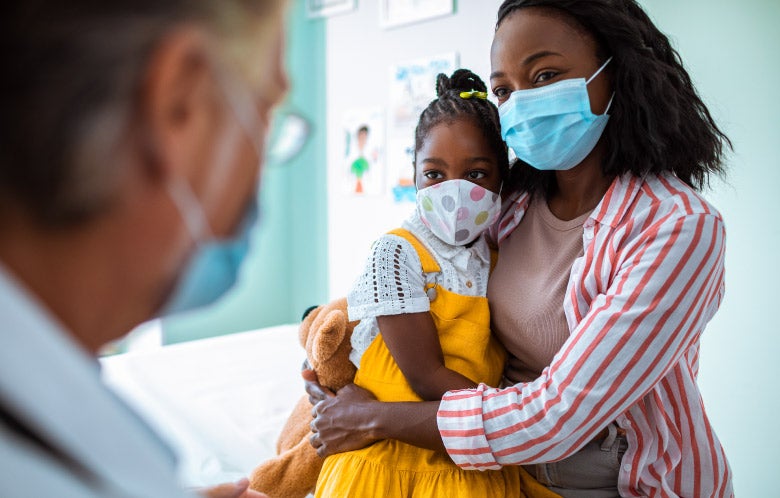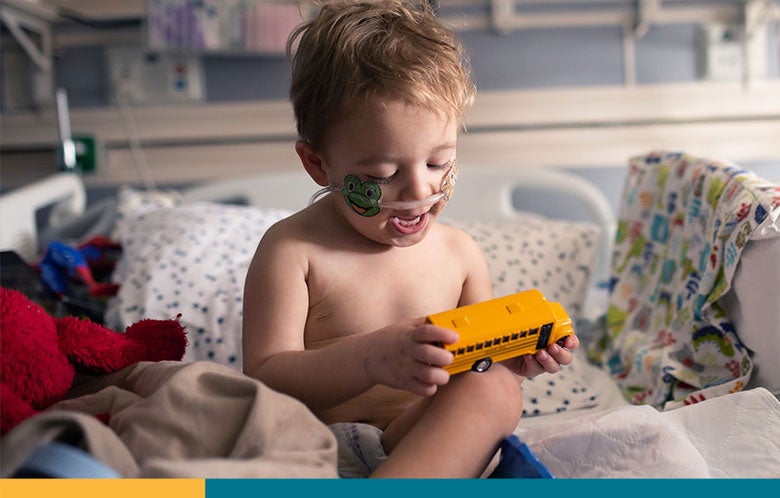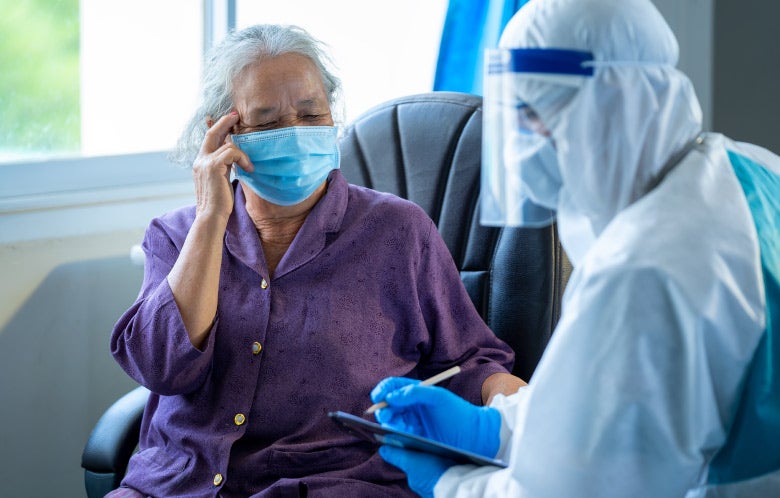Masking has been a polarizing and politically charged topic throughout the COVID-19 pandemic, and even more controversial when you bring children and school-based mask mandates into the conversation. Consider this special edition of the EBM Focus a strictly (mostly) evidence-based update for understanding what is currently known (and not known) about COVID in children, especially as it relates to masking.
COVID-related mortality in children
Let’s start with the numbers on mortality. The CDC reported 529 COVID-related deaths in children under 17 years old in the US during 2021 and 198 in 2020. For comparison, 199 pediatric deaths were formally attributed to influenza in the 2019–2020 flu season, with an estimated 434 actual flu-related deaths that season due to underreporting. Assuming the 2020 COVID data represent a wholly unvaccinated pediatric population, the rates of COVID-related deaths in unvaccinated children appear similar to rates of flu-related deaths, which also occur in a mostly unvaccinated or otherwise medically vulnerable population. Notably, zero deaths and very few hospitalizations from COVID were reported in fully vaccinated children in a 2021 study out of the UK of more than 411,000 children. While these studies don’t specify COVID variants, the time spanned by the studies and consistent reports between them suggest that the risk of death or severe illness in children from any known variant of COVID is low and is almost zero for those who are fully vaccinated. We will have to wait for hard data on outcomes in (especially unvaccinated) children due to Omicron before we can know for sure, however.
Mask mitigation to reduce COVID transmission
The best available evidence right now on mask effectiveness in children is limited and mixed, and we are unlikely to have high quality data in the future from a randomized trial due to ethical concerns. A 2020 MMWR report that compared (pre-vaccine) COVID incidence in Georgia schools where masks were either required or optional found a 37 percent lower incidence in schools where masks were required, but subgroup analysis showed it was only significant when teachers and staff were masked, not students, and ventilation seemed to be a confounding variable. A subsequent MMWR report found similar but less robust results in a mix of vaccinated and unvaccinated children, namely that COVID incidence was lower in schools where masks were required. Another 2021 study of K-12 schools in Arizona found higher rates of COVID in mask-optional vs mask-required schools, but the study was significantly flawed by the way they defined outbreaks (as just two cases or more in a two week period) and failure to control for community vaccination rates. However, three studies (one recent preprint in FL, NY, MA; one in Wisconsin high school athletes, and one in bubble groups in Spain) found no significant association between masking and COVID incidence in children and adolescents.
First do no harm
A 2021 meta-analysis published in BMJ reported on the psychosocial downsides of wearing masks in both adults and children, finding low-quality evidence of increased fear and stigma, loss of perceived empathy, and difficulty communicating. In a trial of N95 masks in children, discomfort was noted without objective evidence of reduced end tidal carbon dioxide with mild exertion. A small pilot study in London had 24 children rate the wearability of cloth and disposable masks and found that the only complaint from them was a hot face while running. The children consistently preferred the cloth mask in this study.
A case of true, true, and unrelated?
Rates of depression in adolescents seem to be on the rise. A study of nearly 60,000 children 13-18 years old in Iceland reported that rates of high depressive symptom scores were significantly higher for both boys and girls comparing 2016, 2018, and 2020. When it comes to suicide, rates are not increasing among children or adolescents according to the most recent Vital Statistics report. Without any evidence to support it, it’s clearly not safe to assume that masking is associated with rising rates of depression (or suicide, as has been reported) among children and adolescents. Hypothesizing is one thing — generating a hypothesis is the foundation of the scientific method. But we must keep a clear distinction between what is relatively certain and what is unknown or hypothesized. When data are limited, it makes it easy for people to draw their own conclusions. We must work to maintain evidentiary integrity and avoid blurring those lines even (especially) when doing so would support our own views (confirmation bias).
Get used to living with uncertainty
Heading into year three of this global pandemic, we continue to make incompletely informed decisions day after day. At the end of the day, the best available evidence suggests with good certainty that risk of death and severe illness due to COVID in unvaccinated children is low and that vaccines make it rare. Data regarding masking in children are less certain but seem to demonstrate a small magnitude of benefit, if any, and one that may be further diminished in a vaccinated population. Data on any harms of masking is even more limited making it hard to draw firm conclusions including the possibility of harm.
At the beginning of this pandemic, a frequently used phrase was “out of an abundance of caution…” but that statement can go both ways. Communication about recommendations should be done with humility, acknowledging the limits of existing evidence and reliance on expert opinion where evidence does not exist.
For more information, see the topic COVID-19 and Pediatric Patients in DynaMed®.



